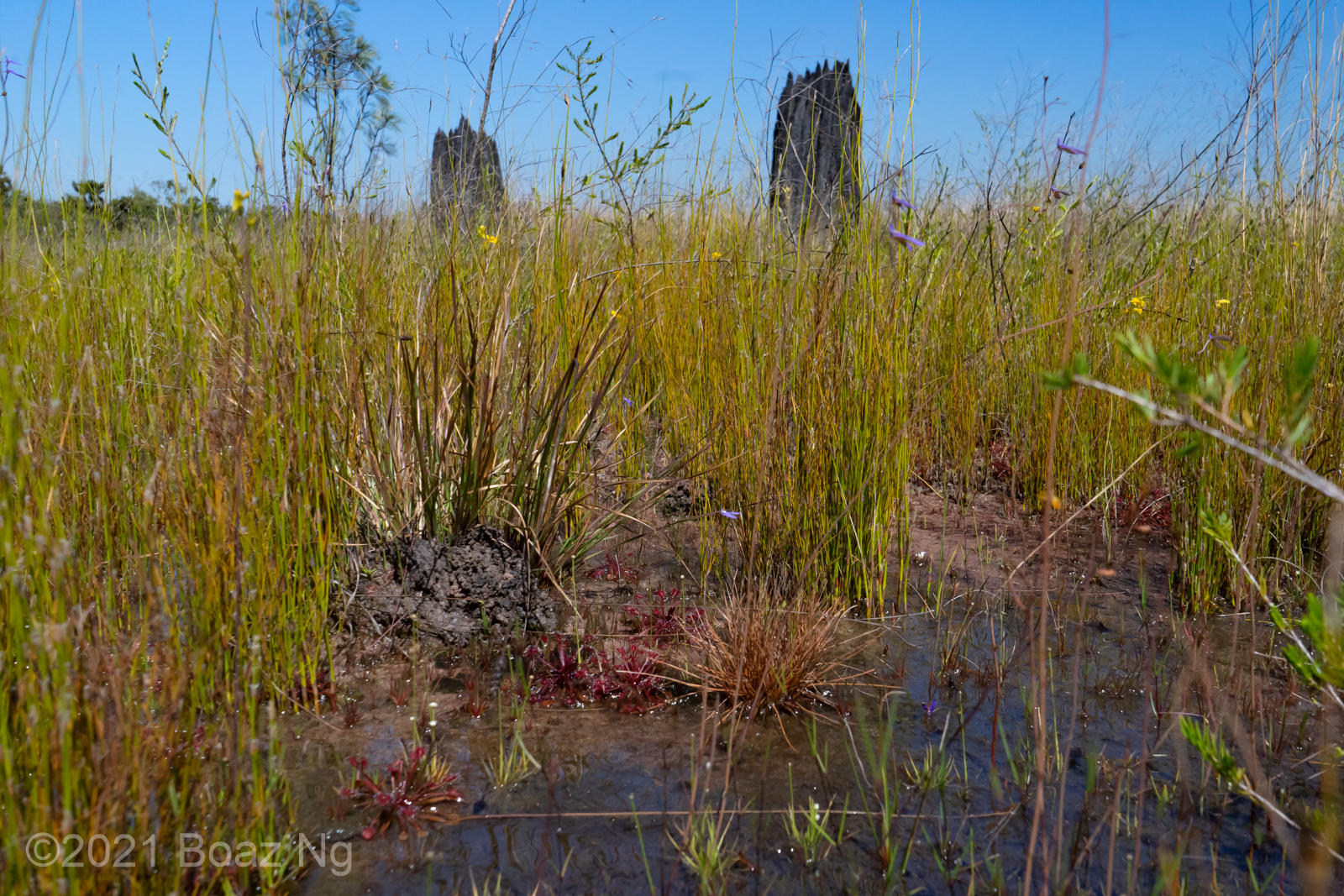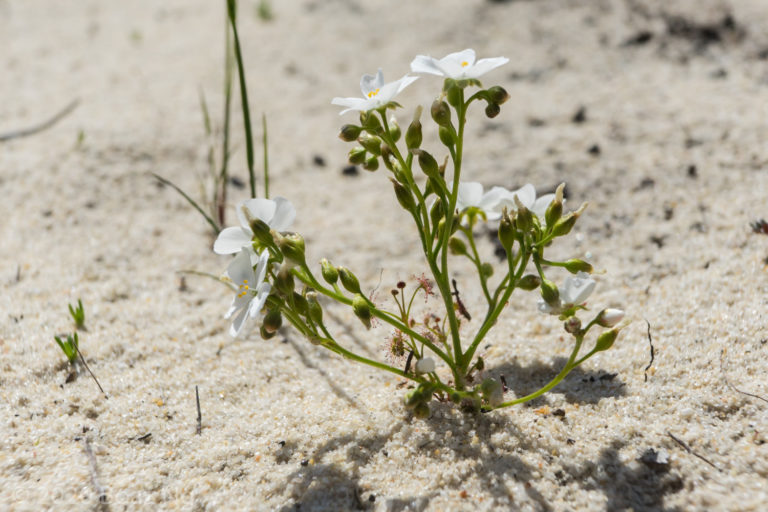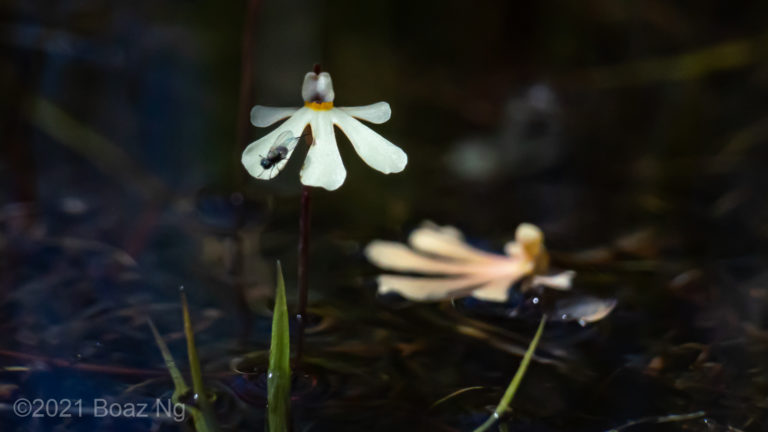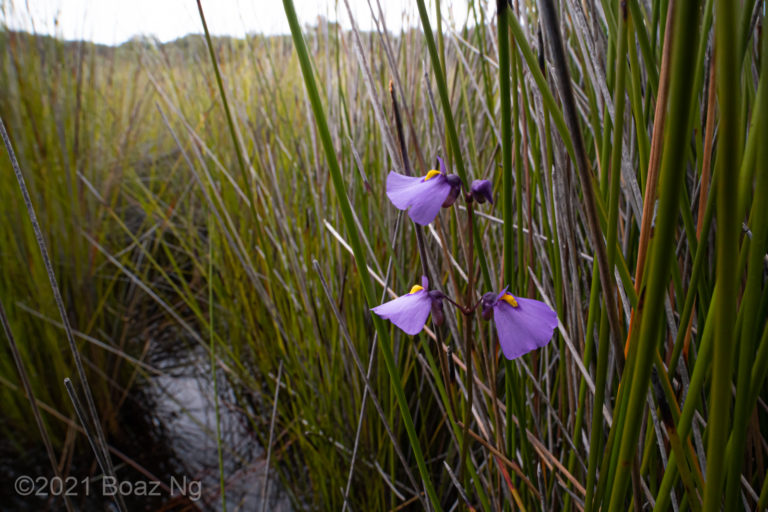The flood plain of the Howard River near Darwin is one of the most biodiverse ecosystems for carnivorous plants in the world. These plains comprise a thick deposit of sand, with a mix of niches including heathland, grassplains, monsoon forest and wetland environments. During the wet season, the floodplain swells and inundates the plains with water. It is during this period that the Utricularia, Byblis and Drosera grow actively. When the dry season comes, the rains stop and the floodwater quickly recede. It is during this transitional period that the Utricularia and other annual species bloom and set seed to persist in the environment over the dry season. The perennial Drosera in the section Lasiocephala also begin to enter their dormant state. The following sites illustrate the incredible amount of species that are packed so densely into a small area. The photos were taken in May at the beginning of the dry season.
Site 1: A road cut through a seasonally inundated grassplain
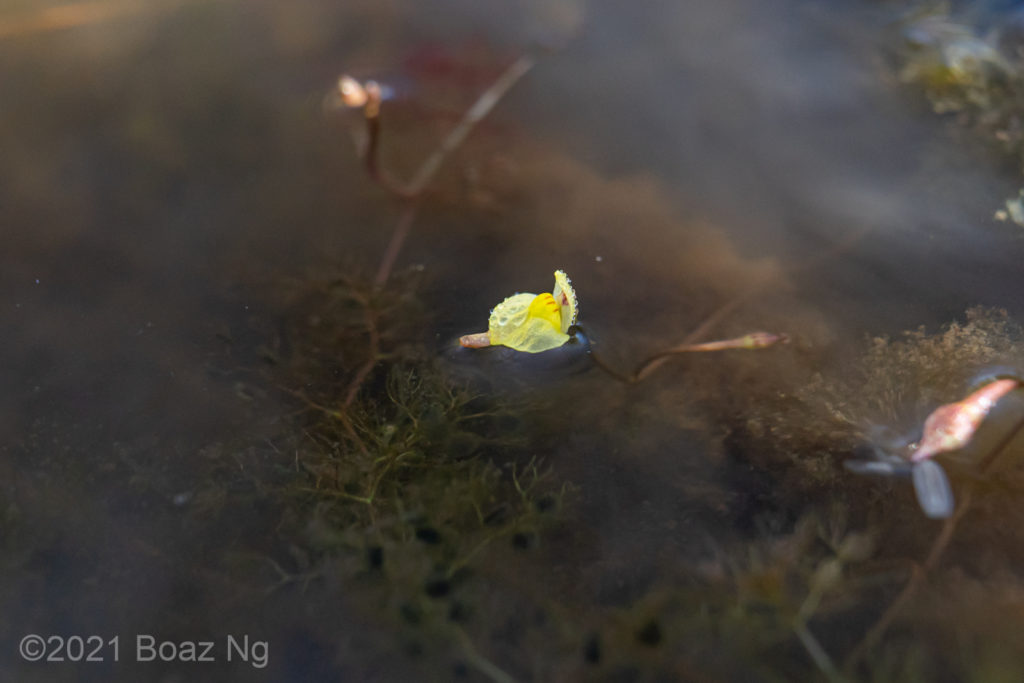
U. adamsii 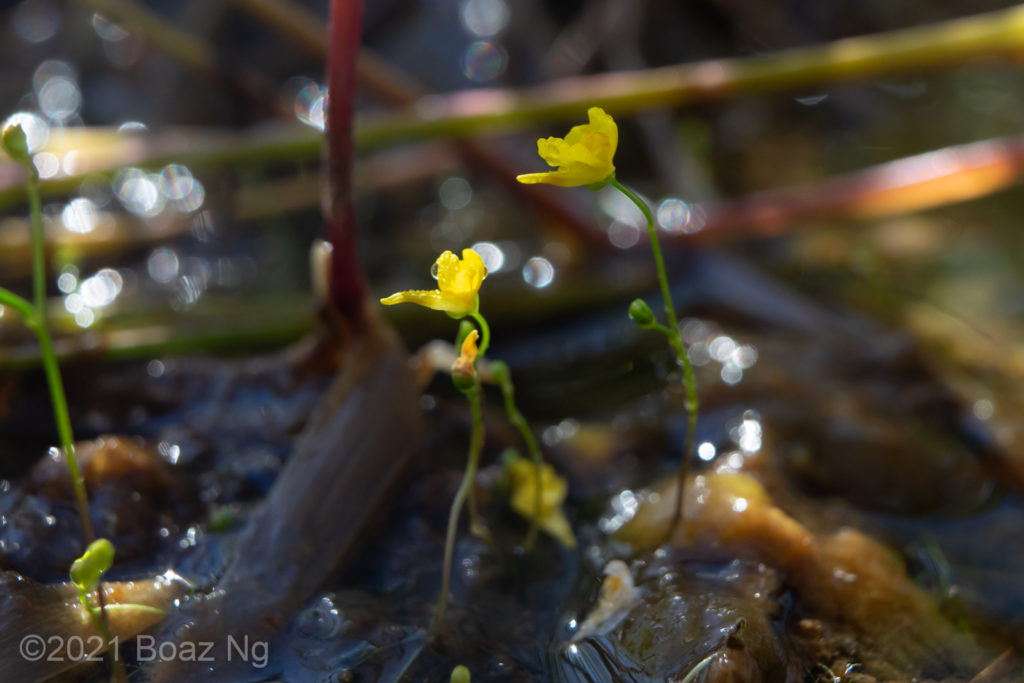
U. gibba
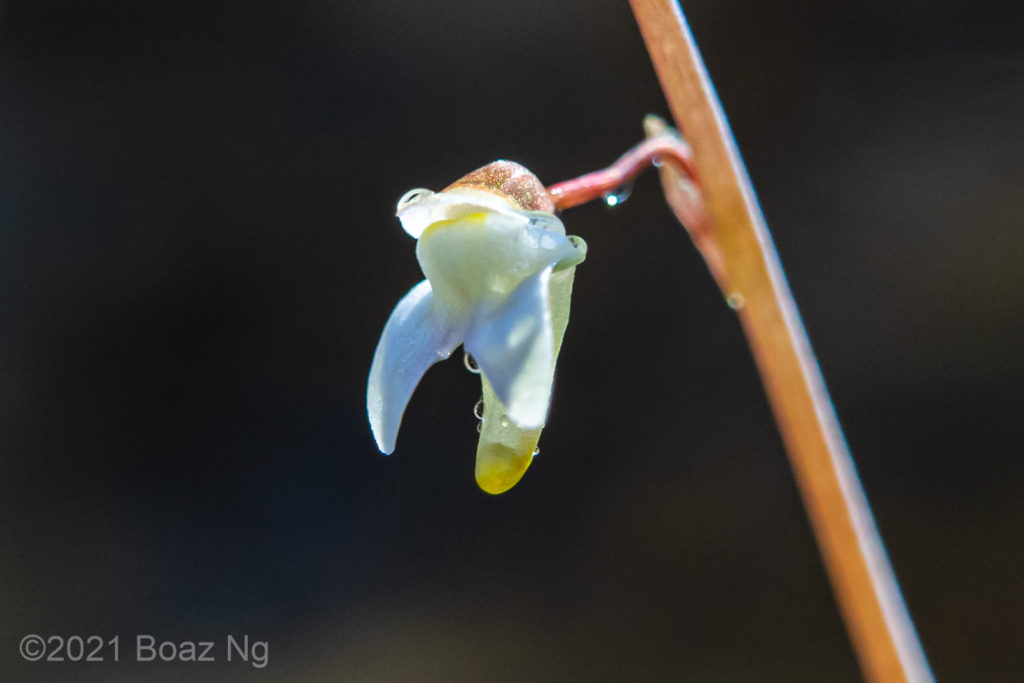
U. limosa 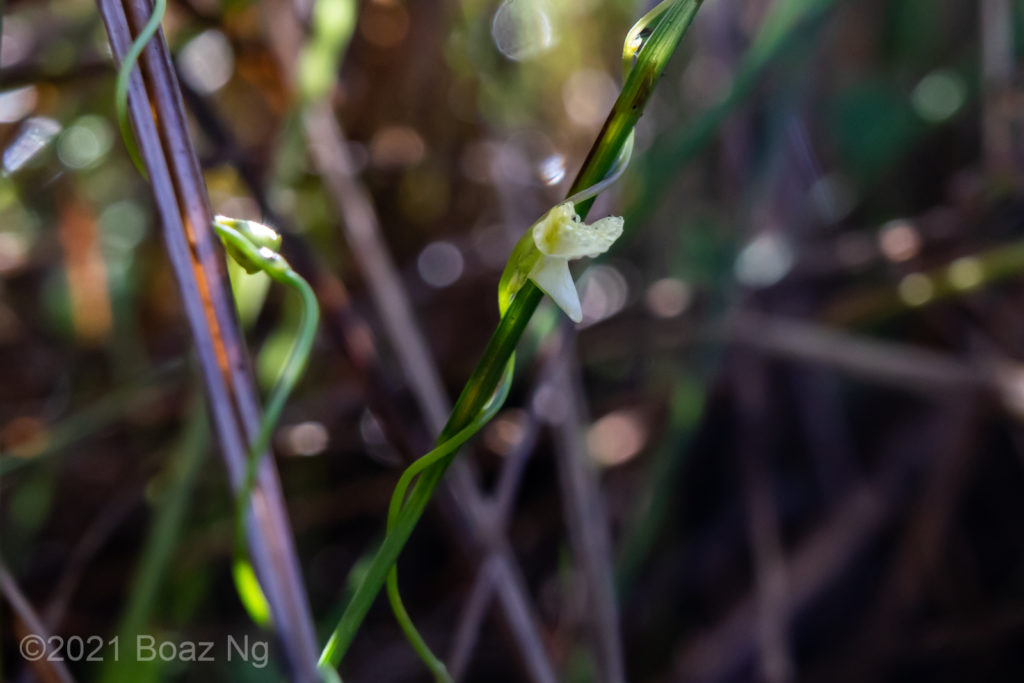
U. circumvoluta
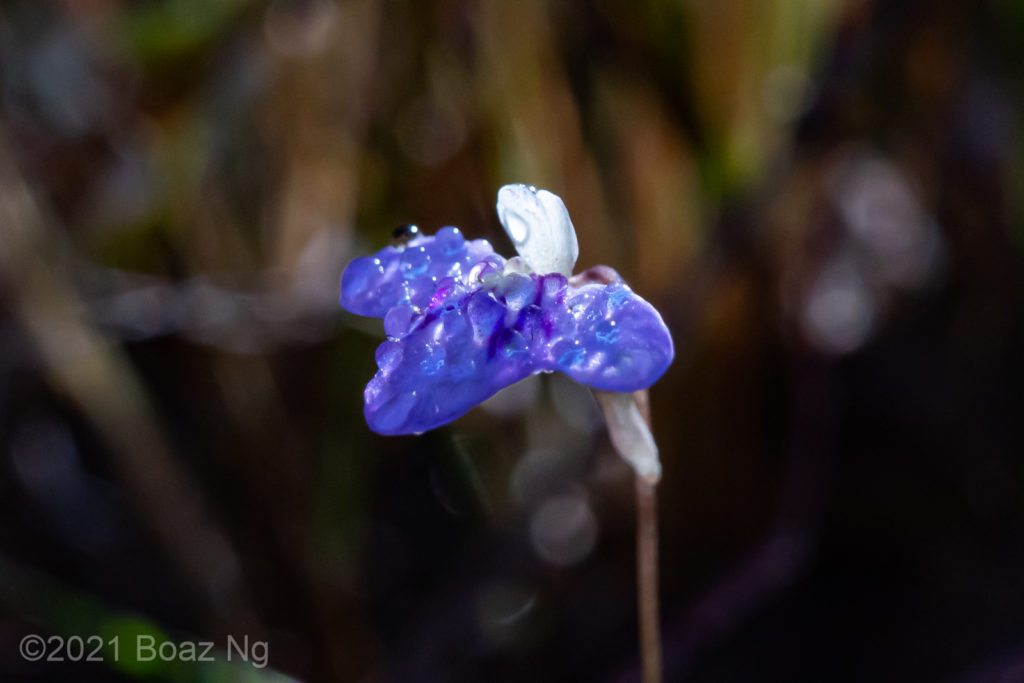
U. leptorhyncha 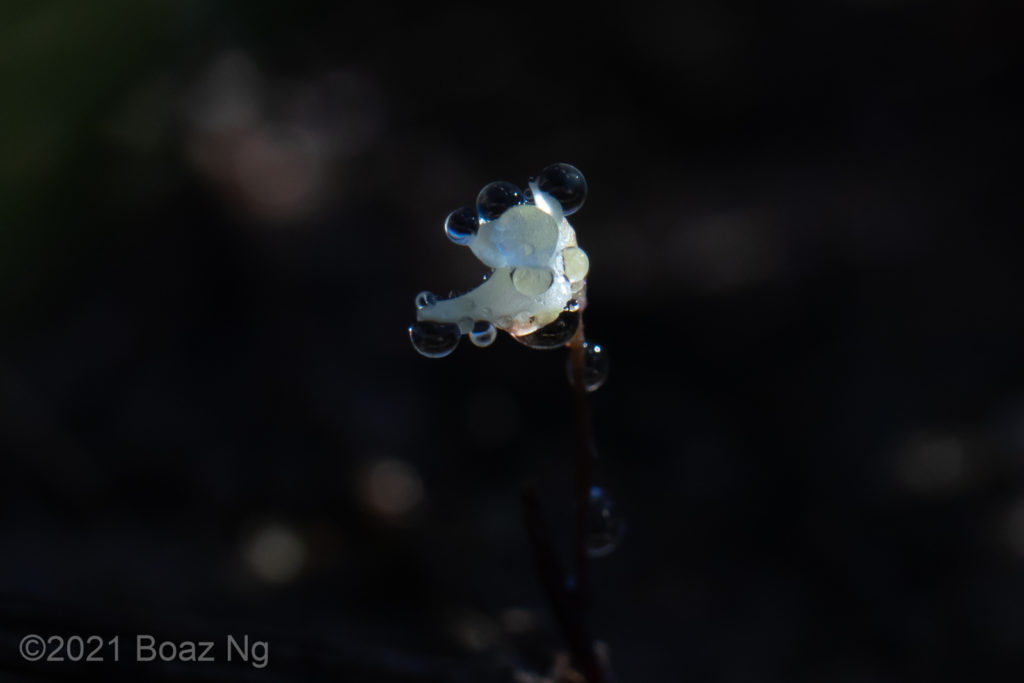
U. nivea 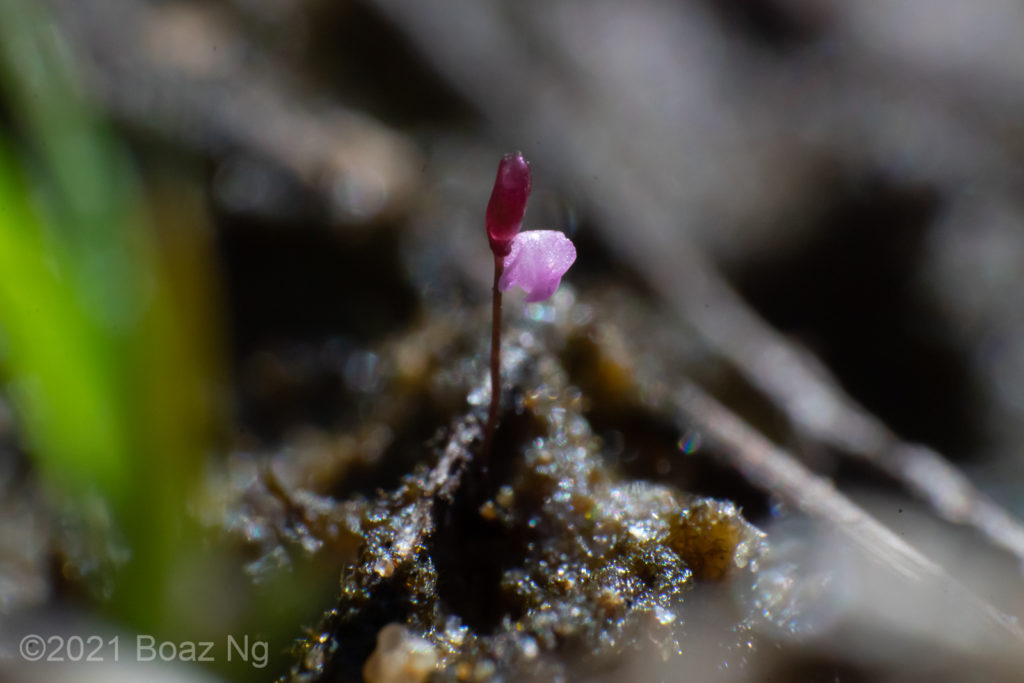
U. minutissima 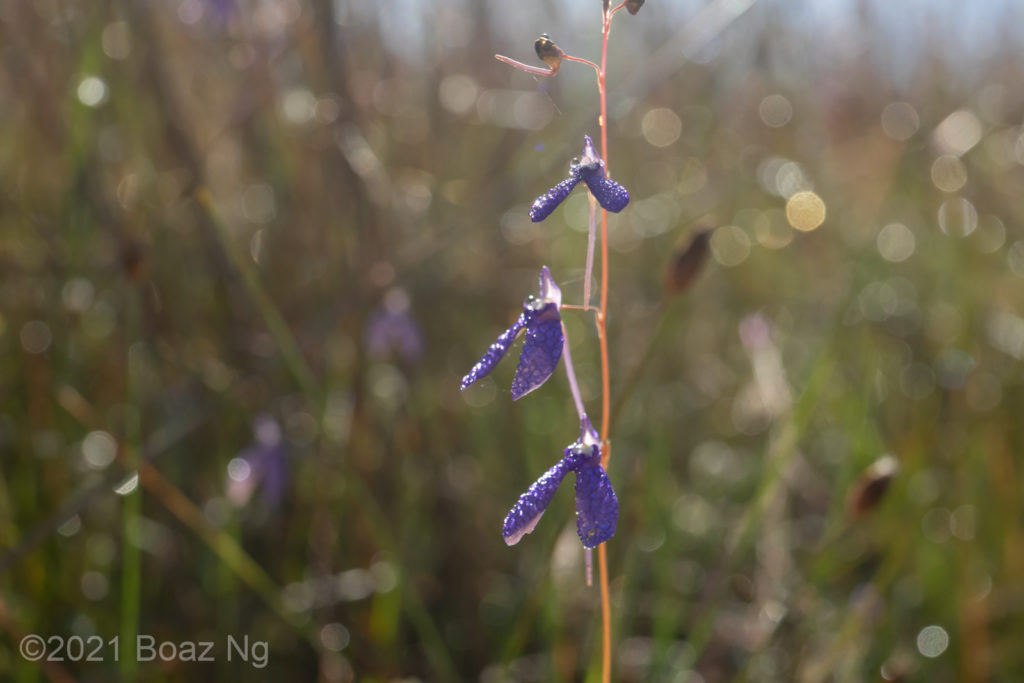
U. leptoplectra 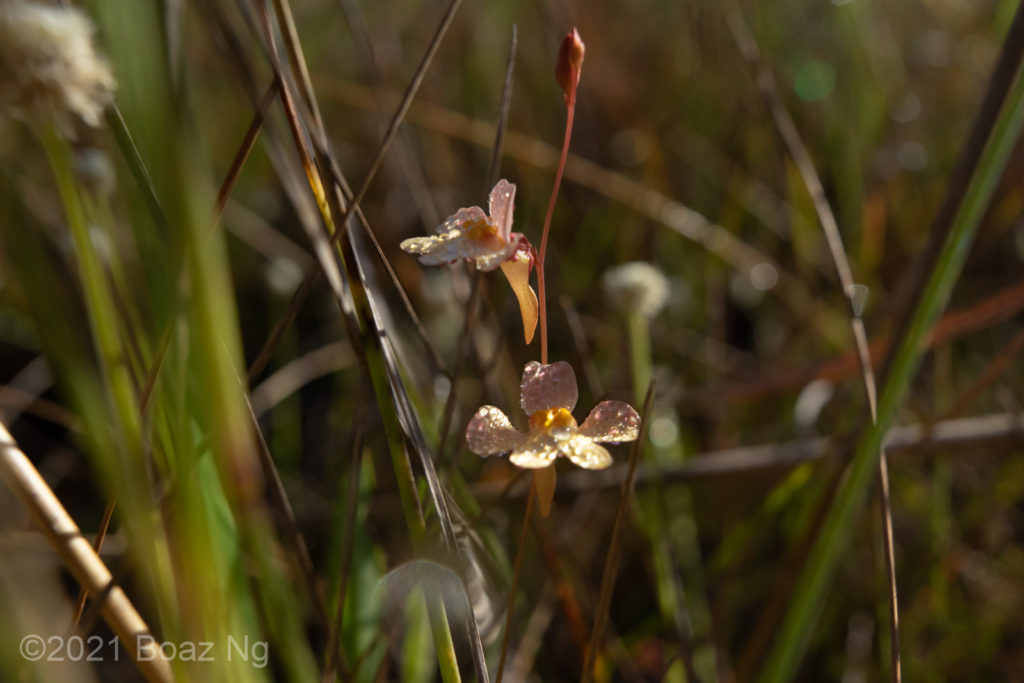
U. chrysantha
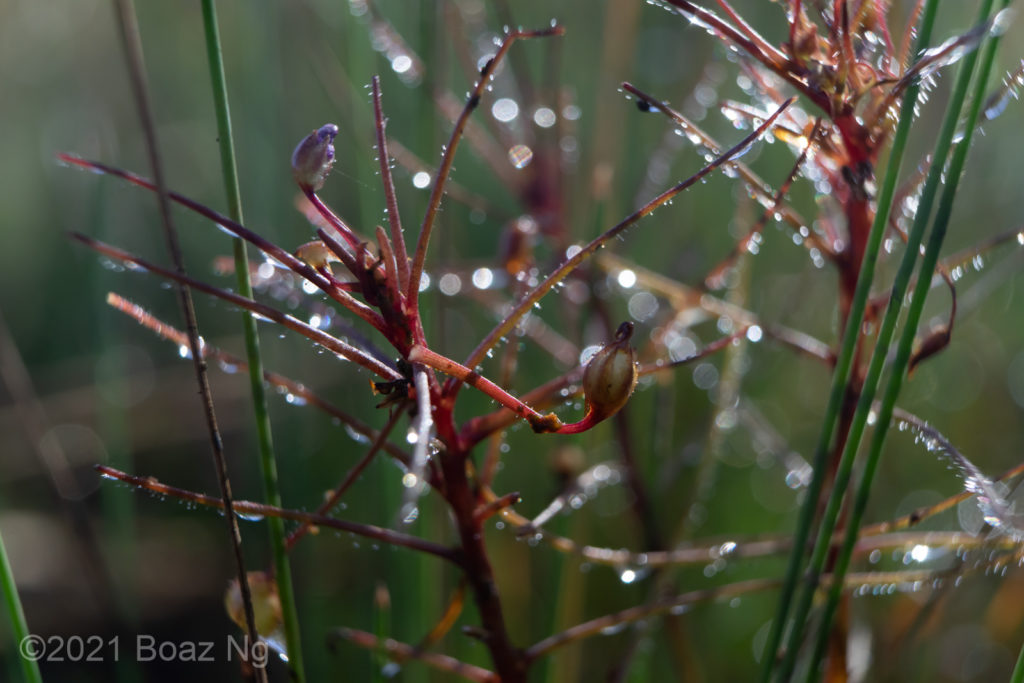
Byblis aquatica
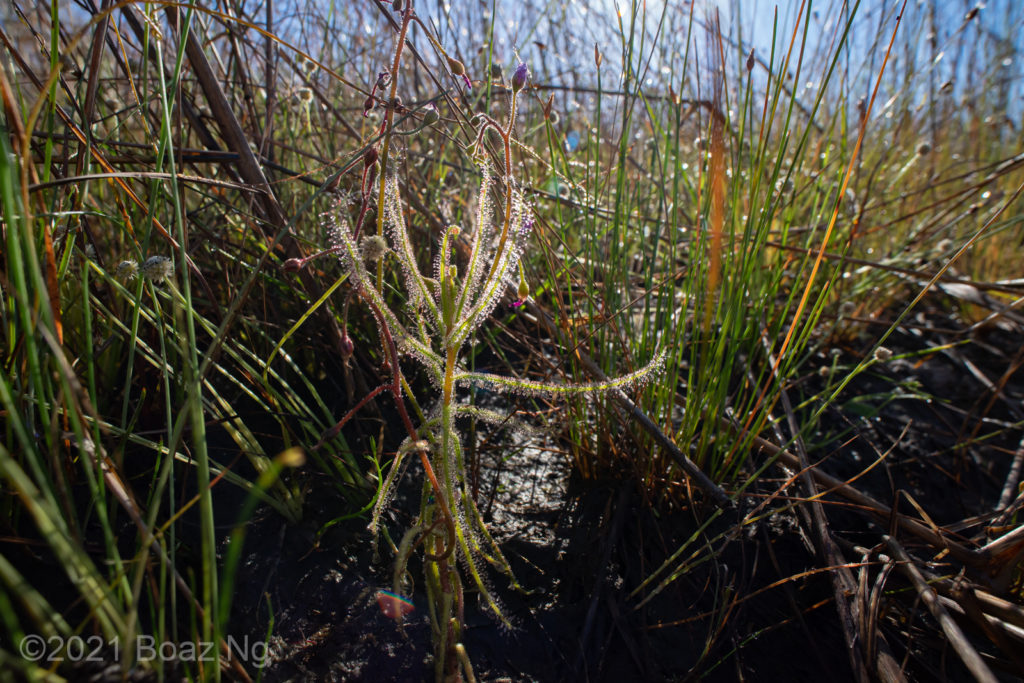
D. aquatica 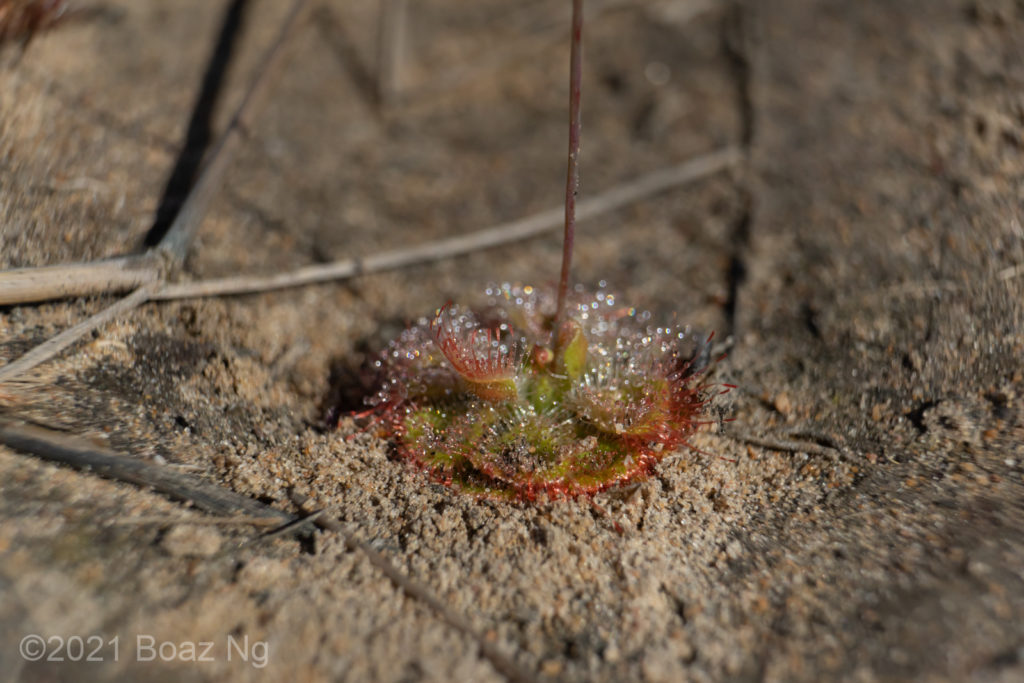
D. burmannii 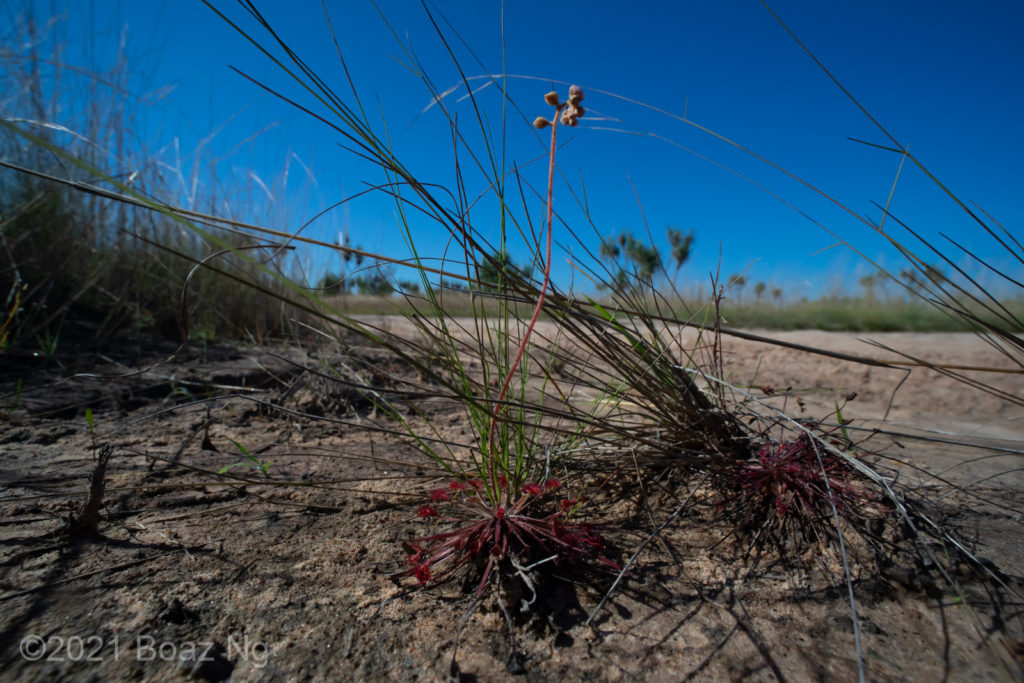
D. aff. petiolaris 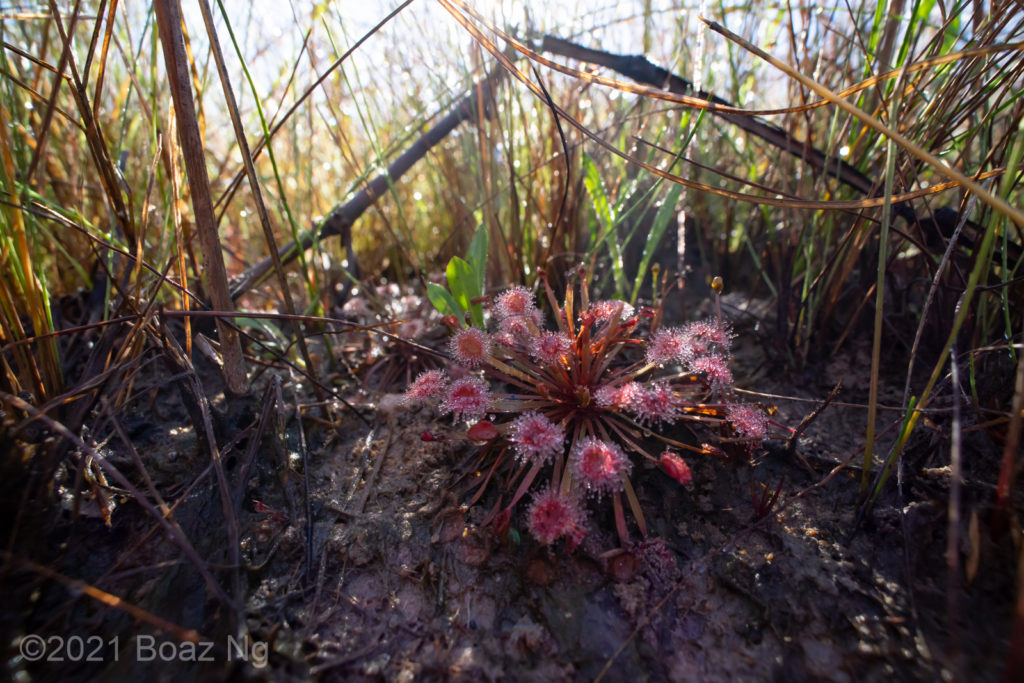
D. aff. dilatatopetiolaris
Site 2: A sandy seasonally flooded grassland that flanks a seasonal wetland.

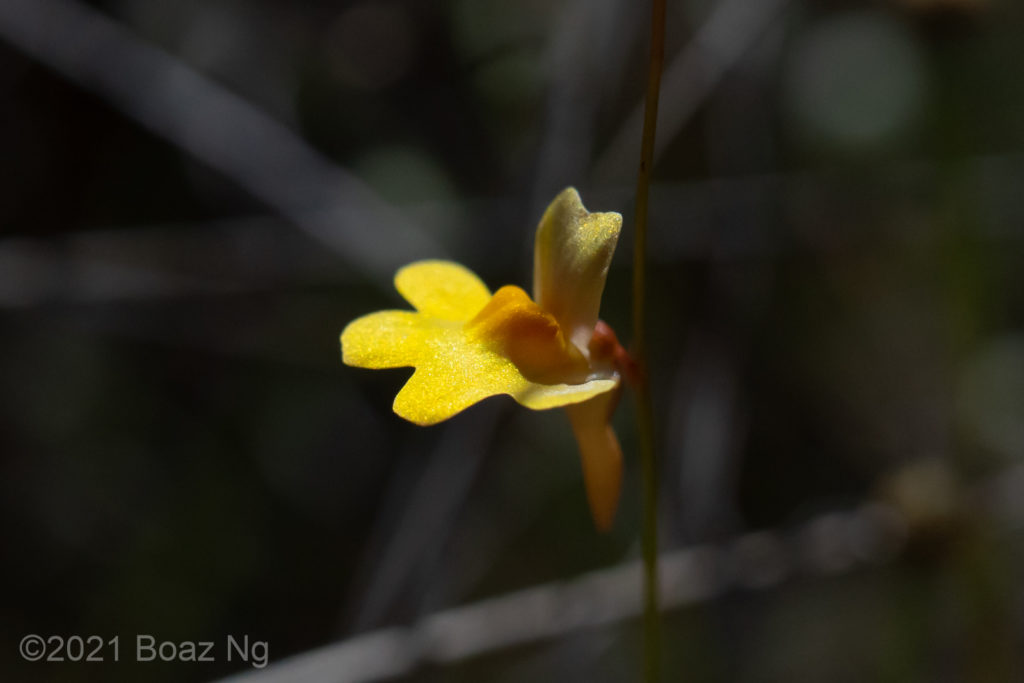
Utricularia chrysantha 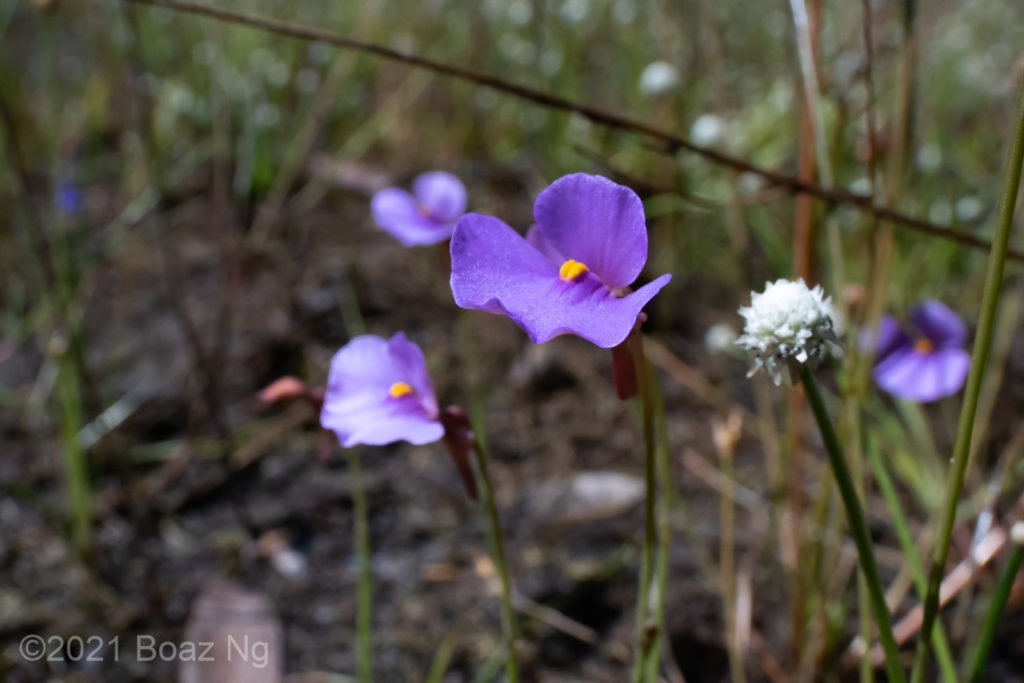
Utricularia lasiocaulis 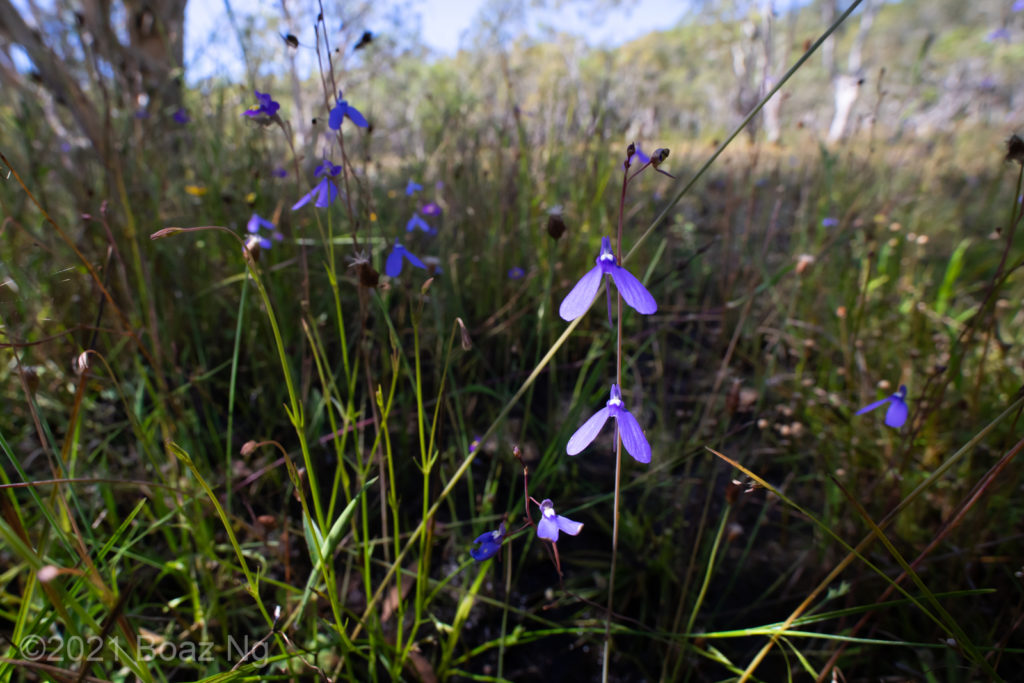
Utricularia leptoplectra 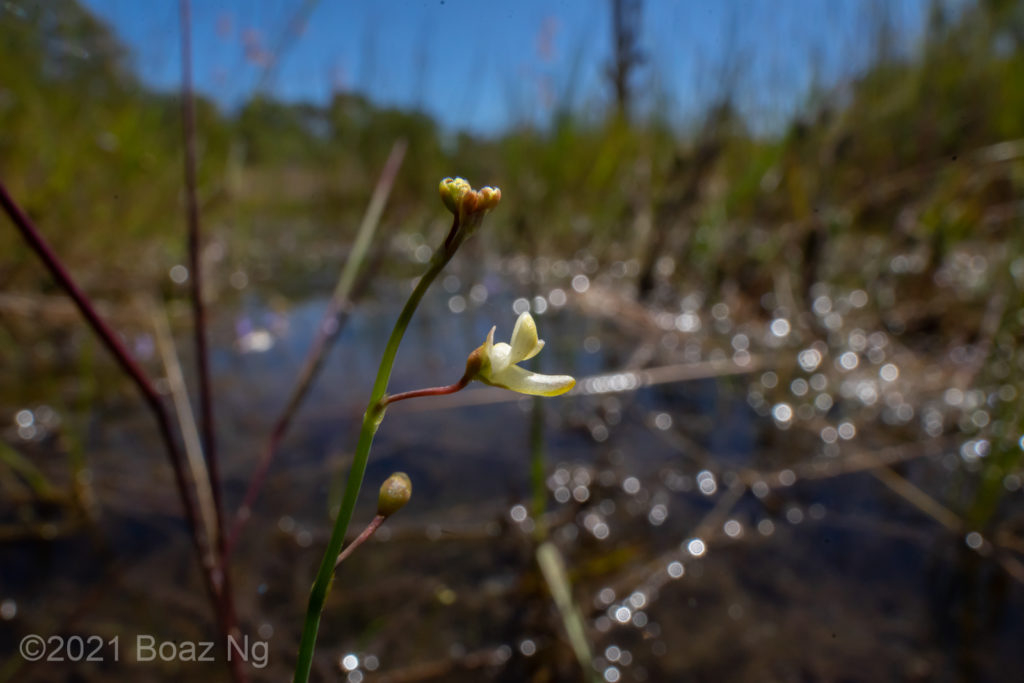
Utricularia limosa
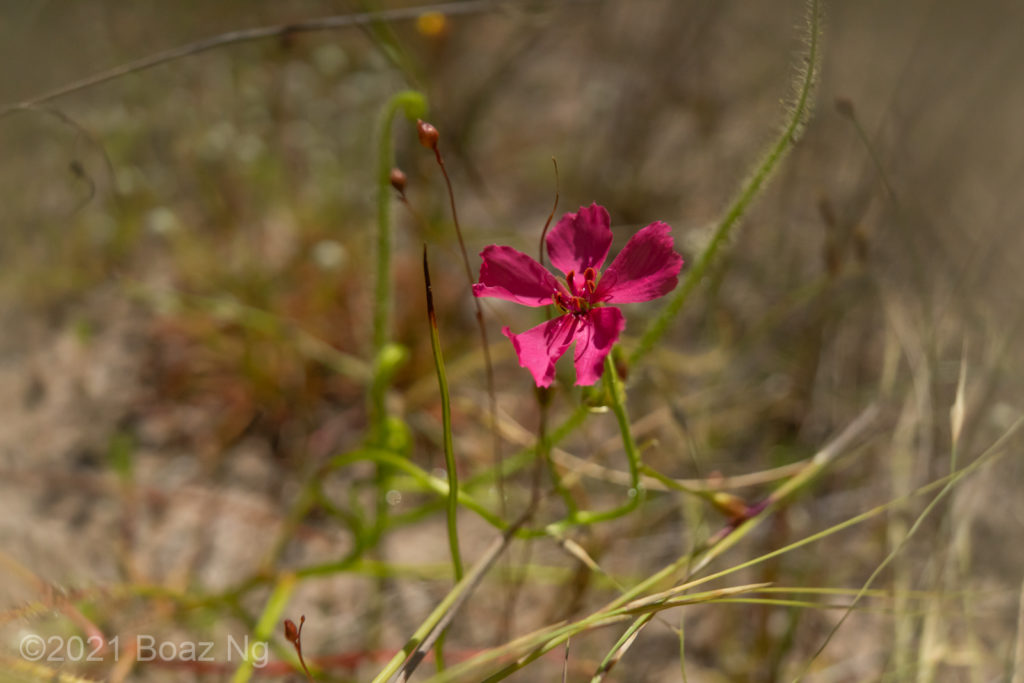
Drosera fragrans 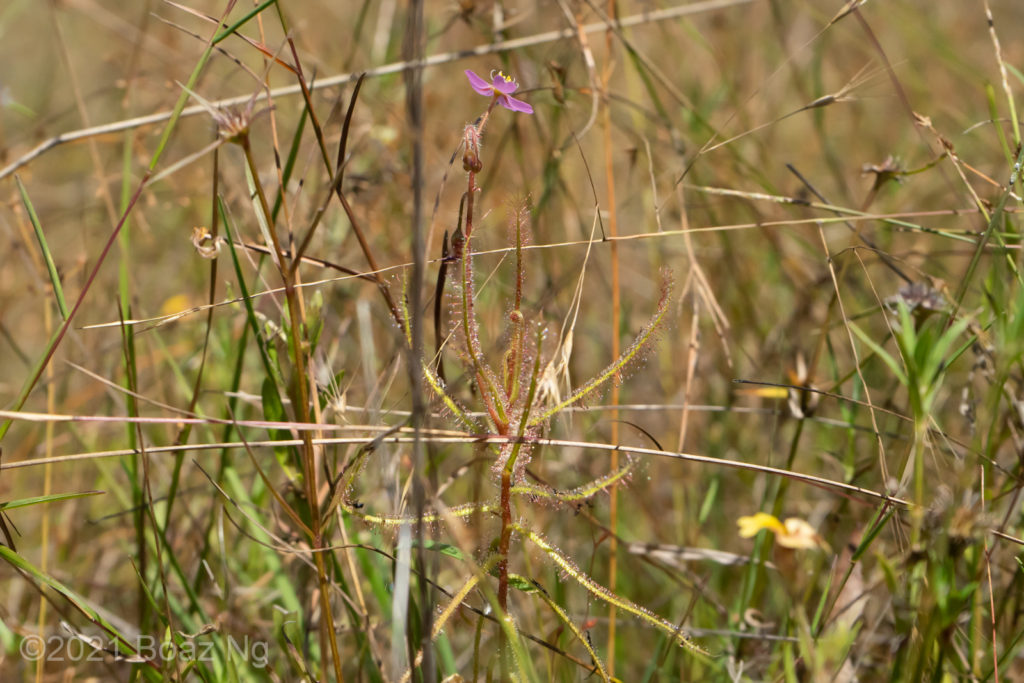
Drosera aquatica
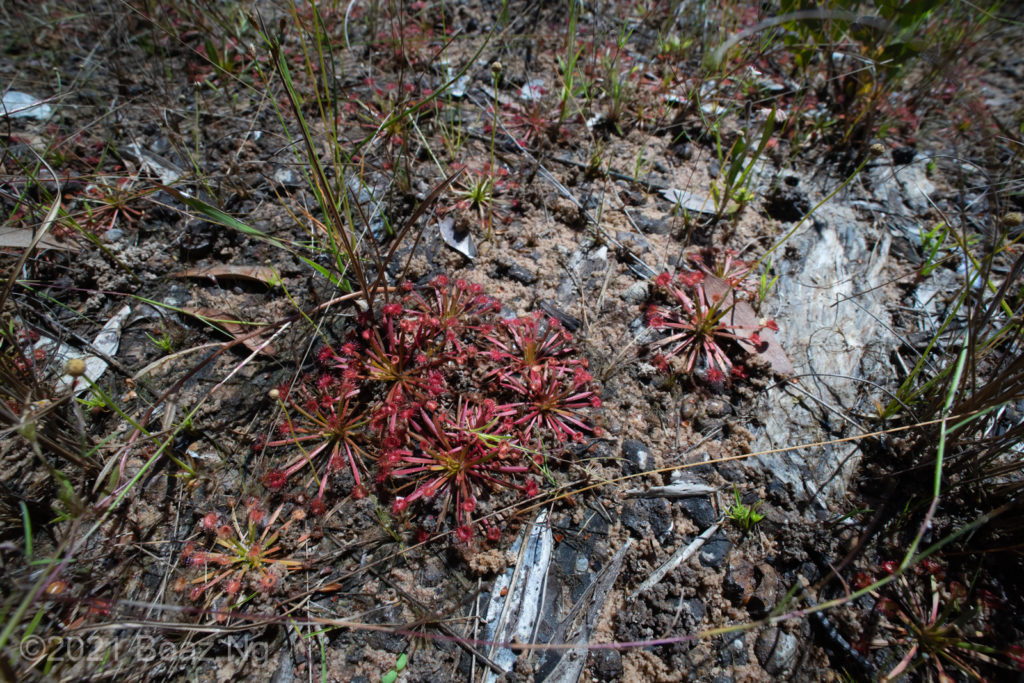
Drosera aff. dilatatopetiolaris 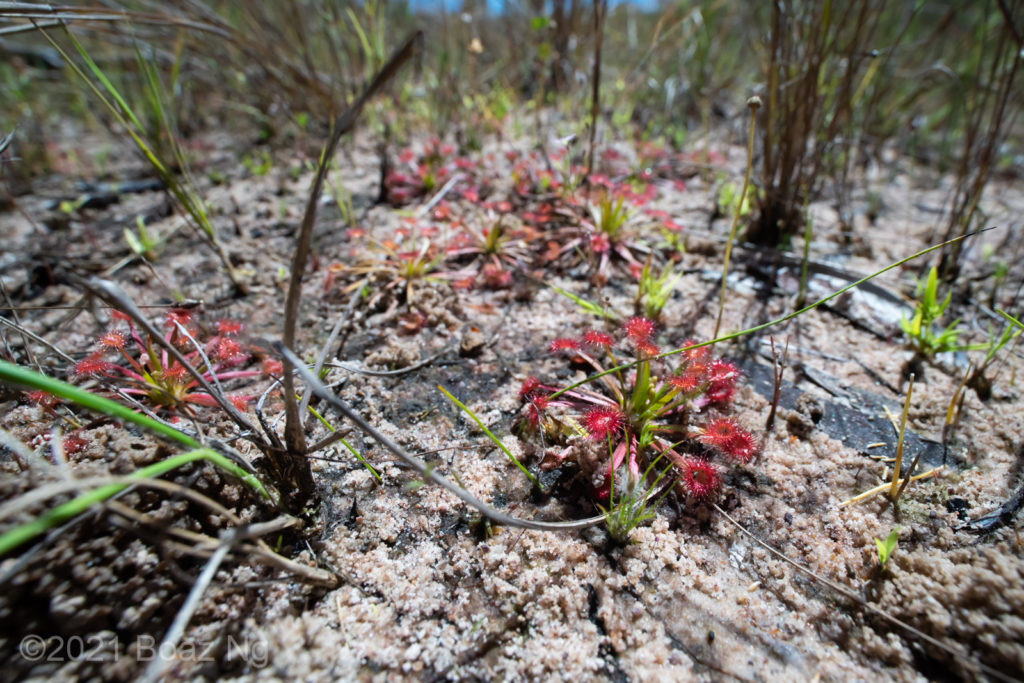
Drosera fulva
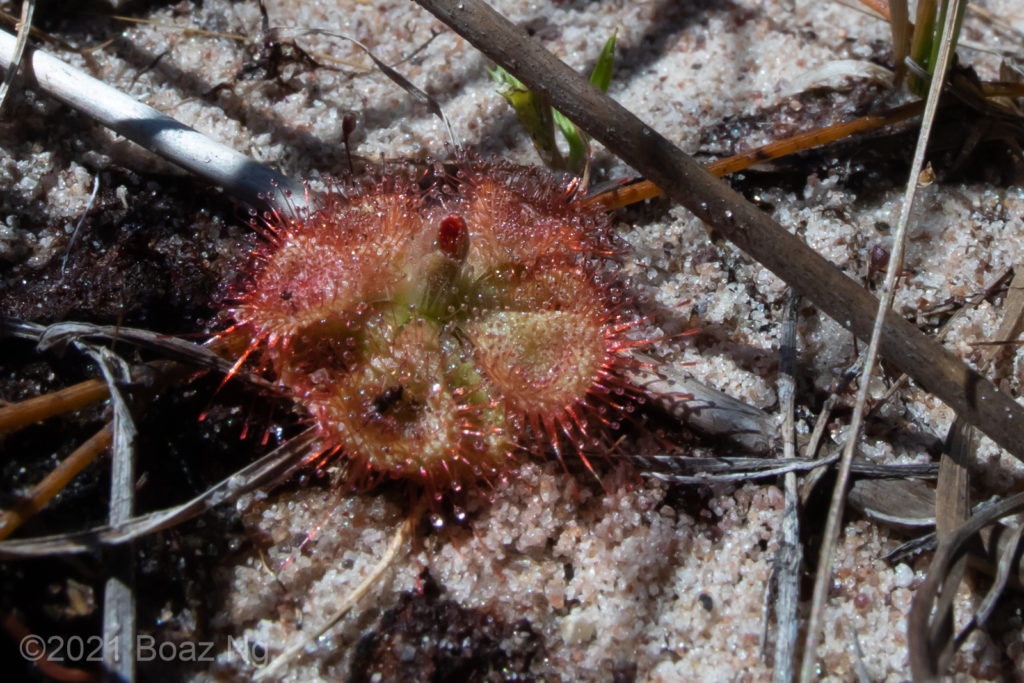
Site 3: A wetter part of the floodplain.
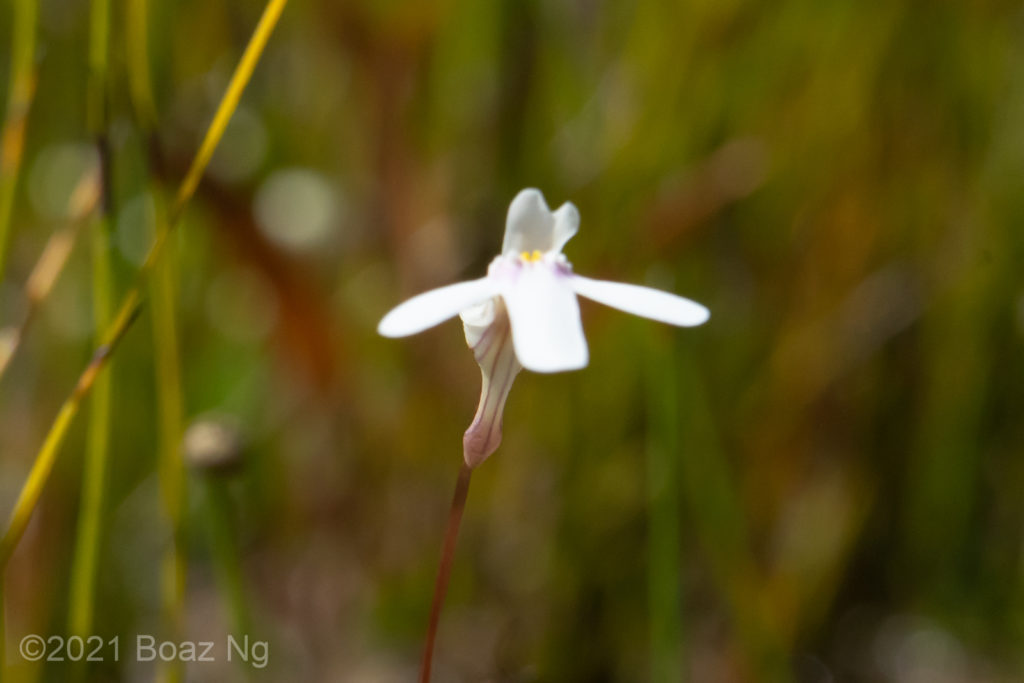
U. rhododactylos 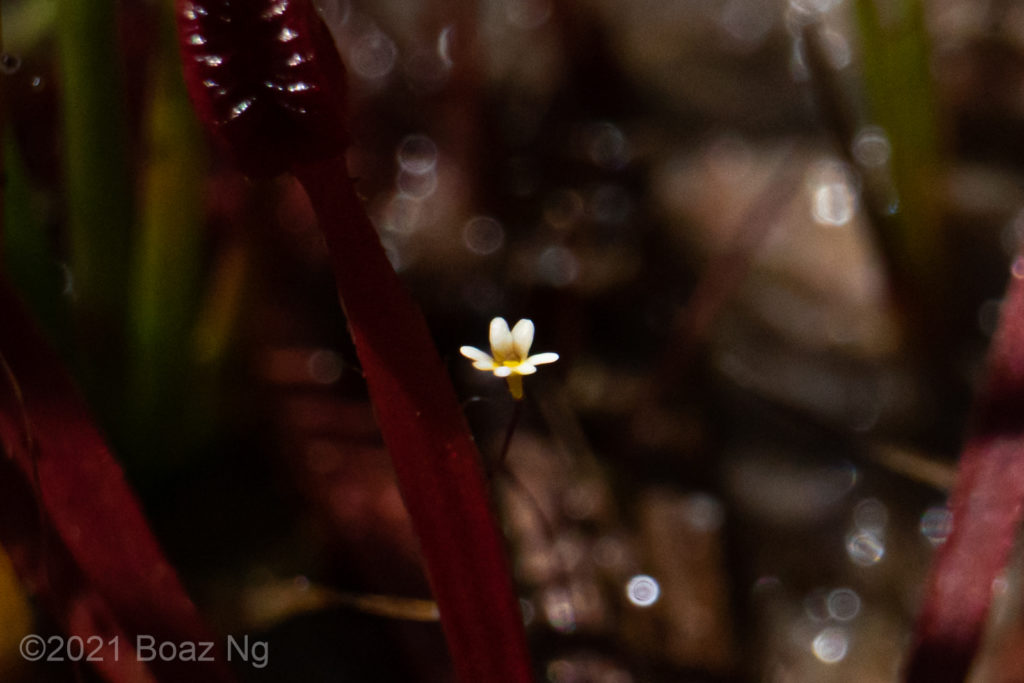
U. quinquedentata 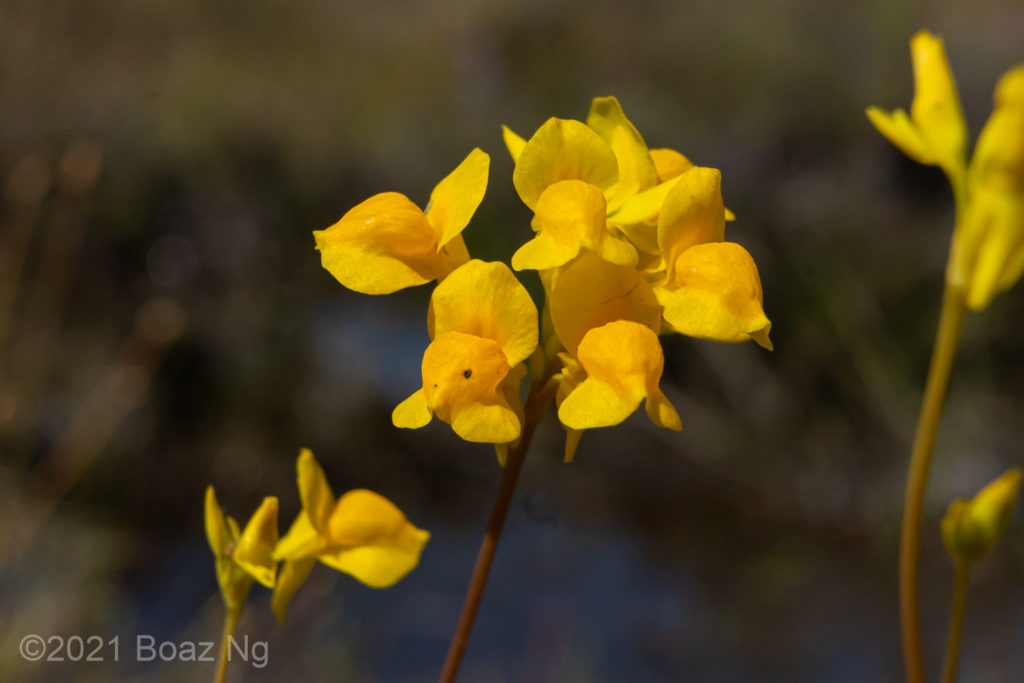
U. odorata 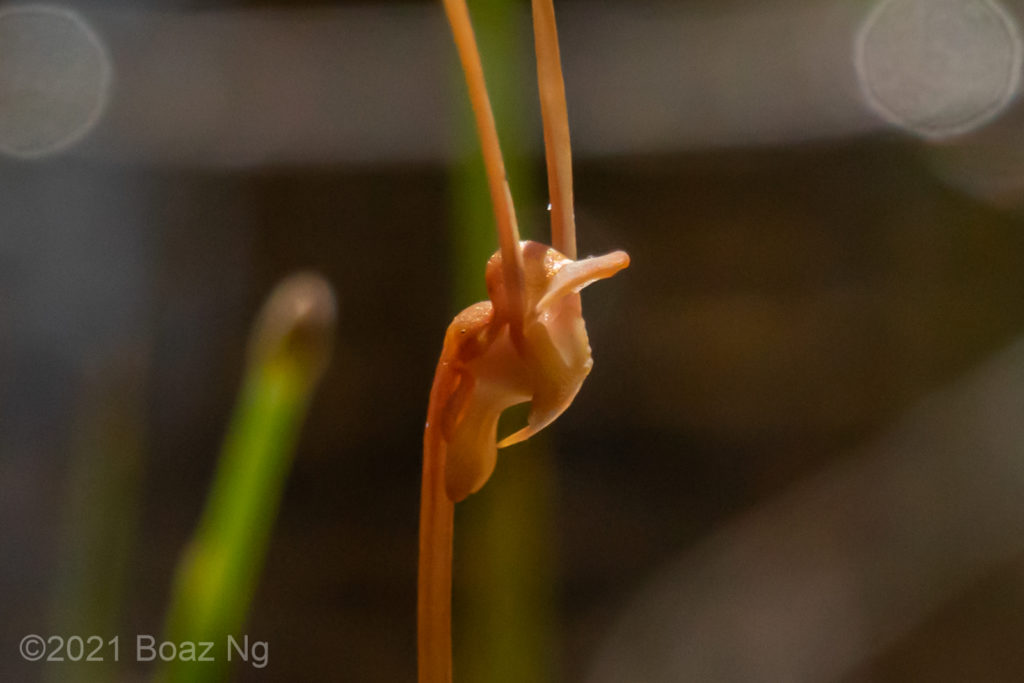
U. dunstaniae 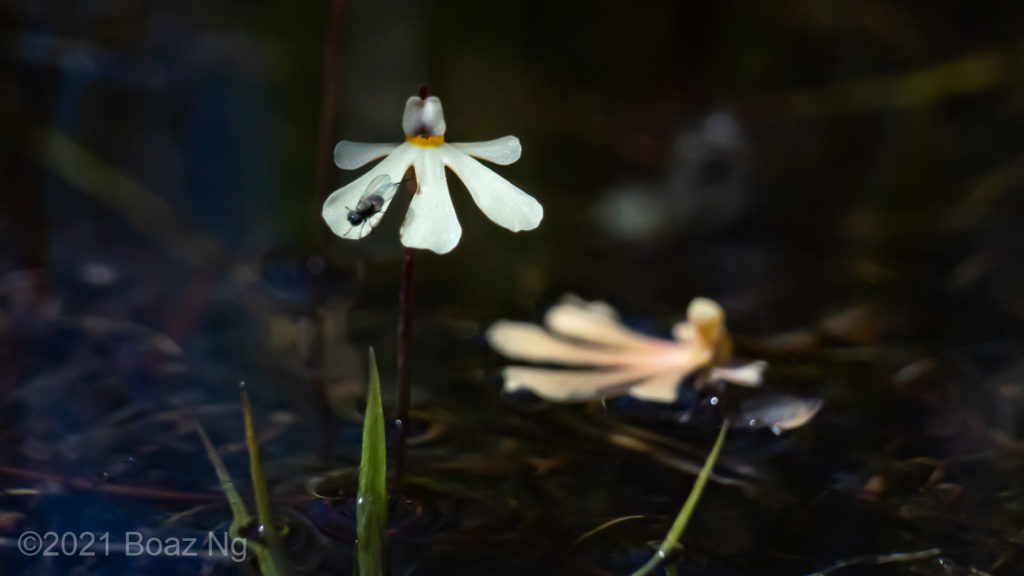
U. holtzei 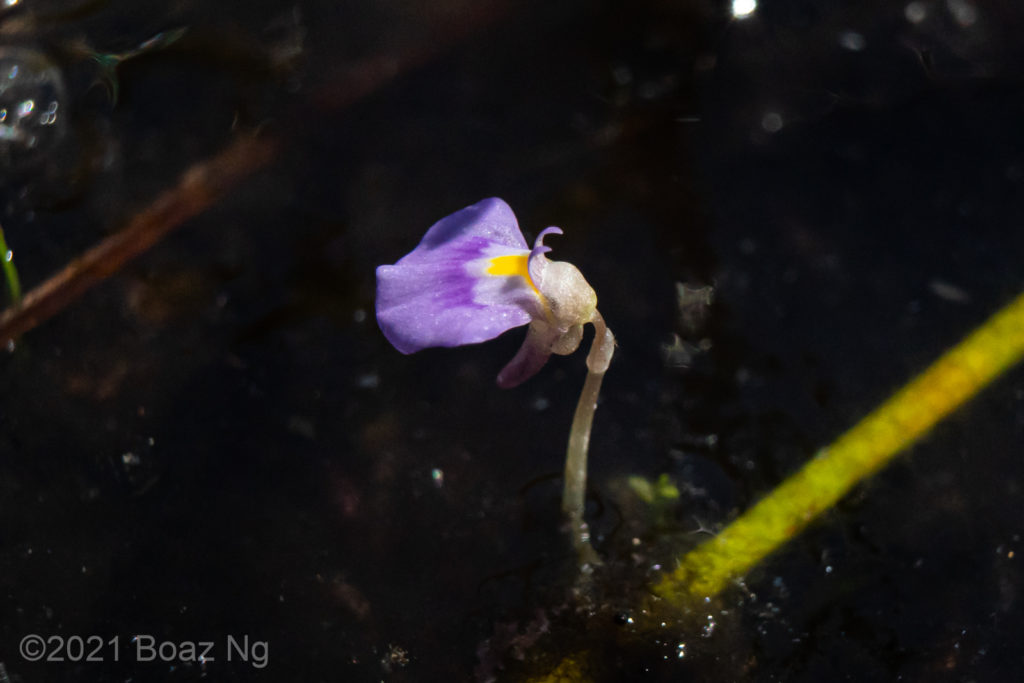
U. hamiltonii 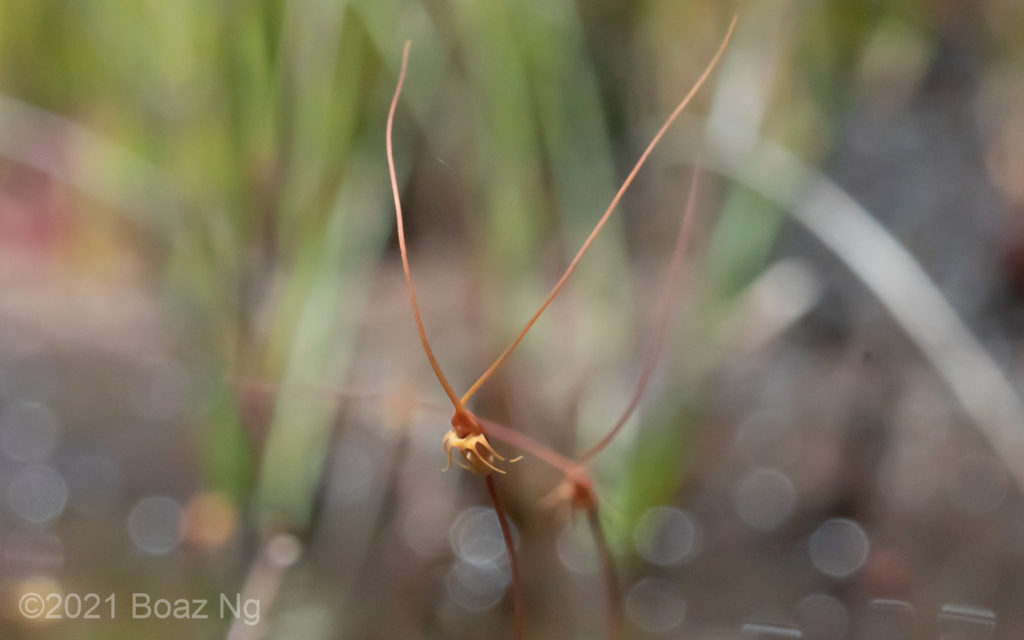
U. capilliflora 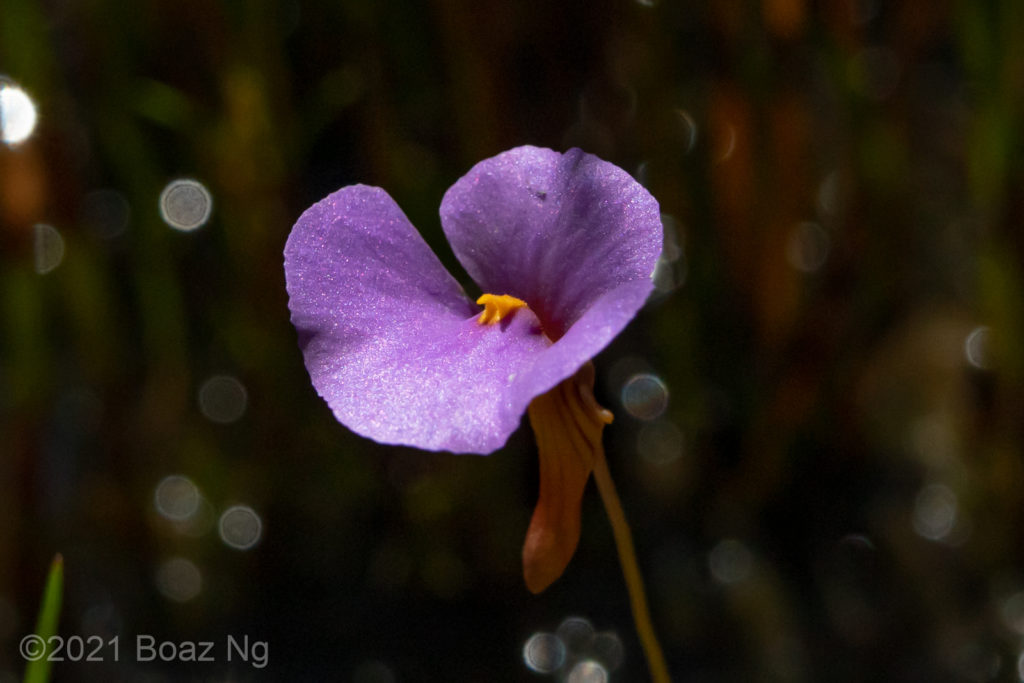
U. lasiocaulis 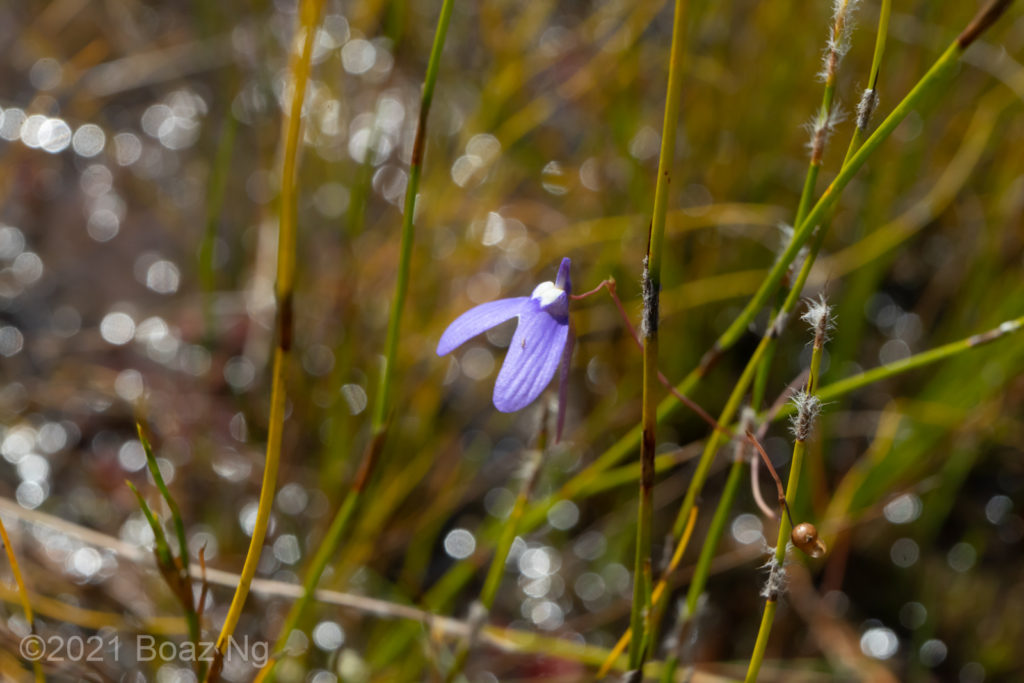
U. leptoplectra
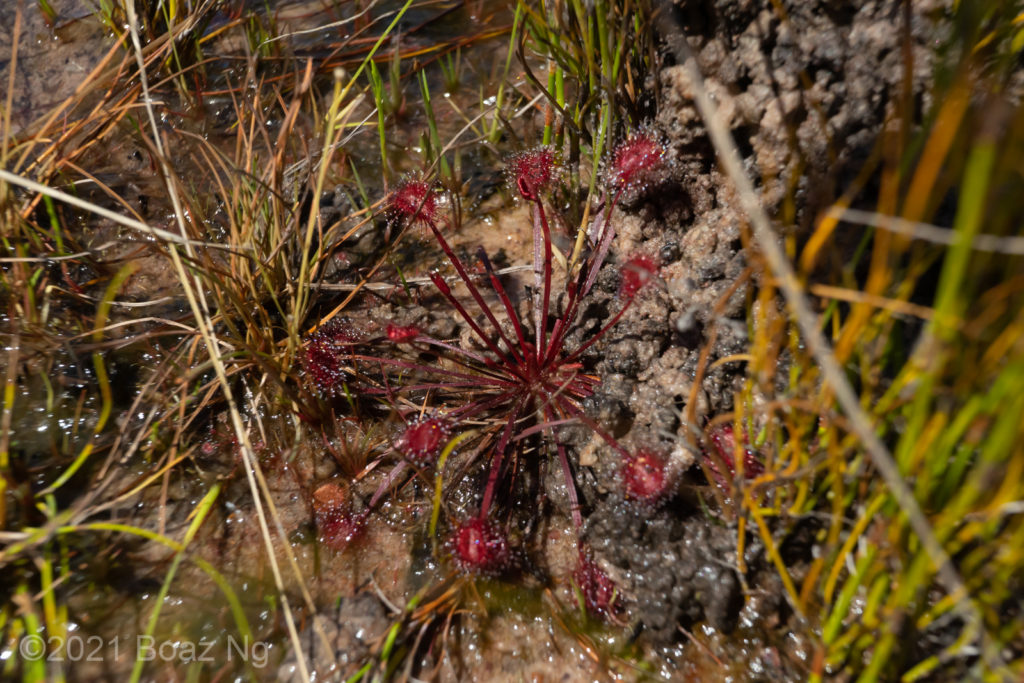
D. aff petiolaris 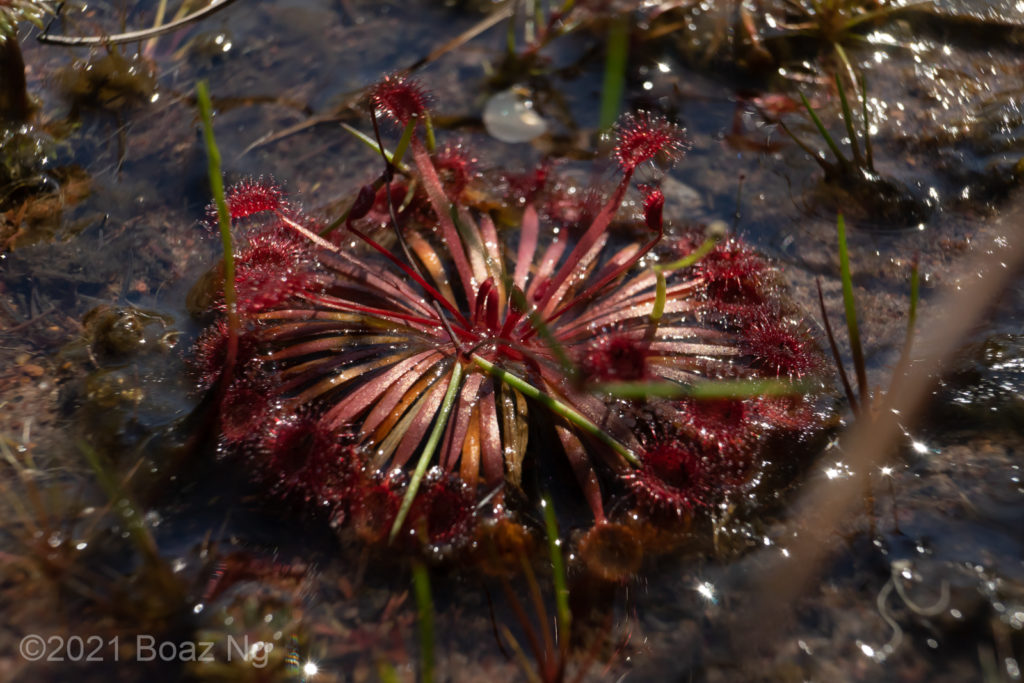
D. dilatatopetiolaris 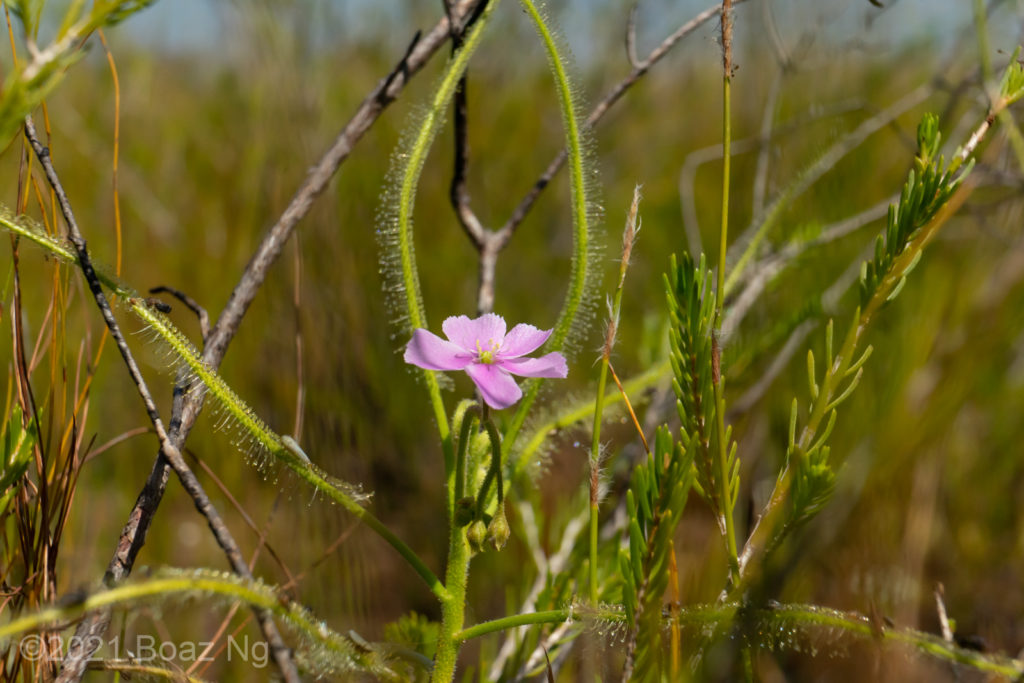
D. serpens

